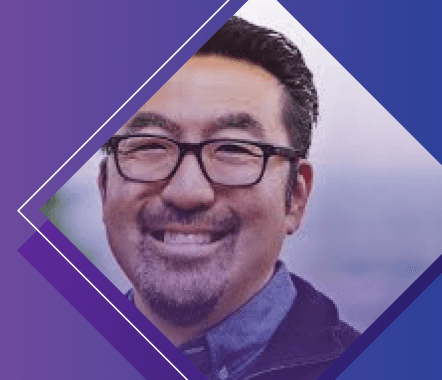In episode 49 of The Secure Developer, Guy Podjarny talks to Gene Kim about the five ideals for optimizing performance in the DevOps space that can be found in The Unicorn Project, particularly from the lens of security. We also chat to Gene about the four hypotheses that the DevOps report he co-authored rested on, and some of the interesting and unexpected conclusions that he and his collaborators came to.
Unsurprisingly, many high performing organizations in the DevOps space are simultaneously the best in security and in operations too. In this episode, we sit down to talk with Gene Kim about his work on the saves that get made by organizations who have great operations, and how this fits into their security. Gene Kim is the founder of Tripwire, author of The Unicorn Project and The Phoenix Project and has also co-authored The DevOps Handbook and the State of DevOps Report amongst other texts. He has been studying high performing technology organizations for much of his life and has a rich history in both the security and the DevOps sides. Today we get the change to talk to Gene about the five ideals for optimizing performance in the DevOps space that can be found in The Unicorn Project, particularly from the lens of security. We also chat to Gene about the four hypotheses that the DevOps report he co-authored rested on, and some of the interesting and unexpected conclusions that he and his collaborators came to. This conversation spans many key aspects of the DevOps industry and how locality, flow, daily improvement, psychological safety, and customer focus have the power to augment huge changes for the better, so make sure you don’t miss it!
Links Mentioned in Today’s Episode:
